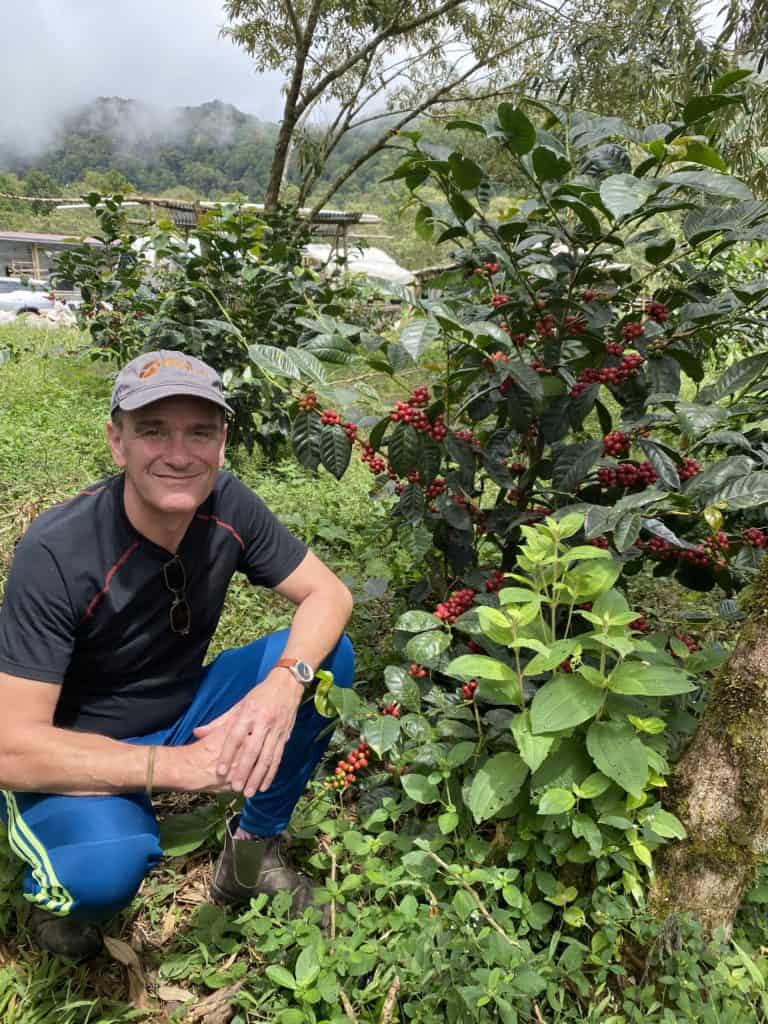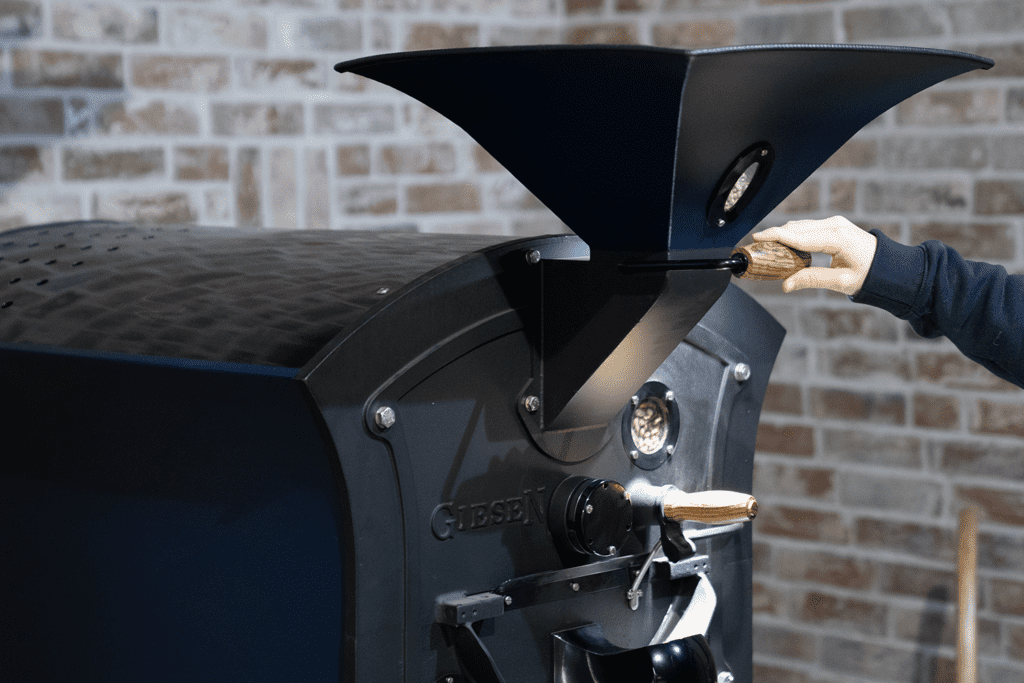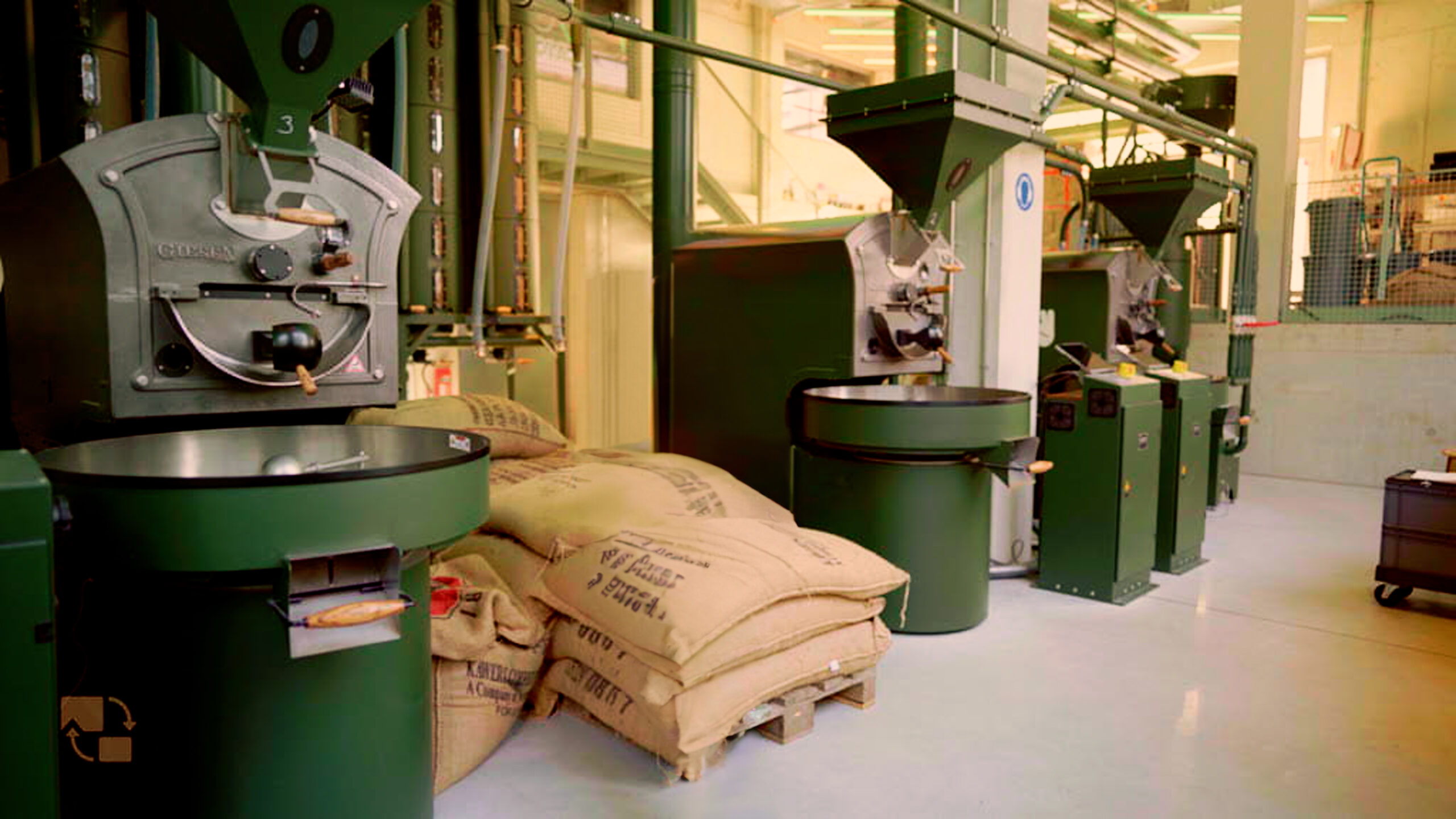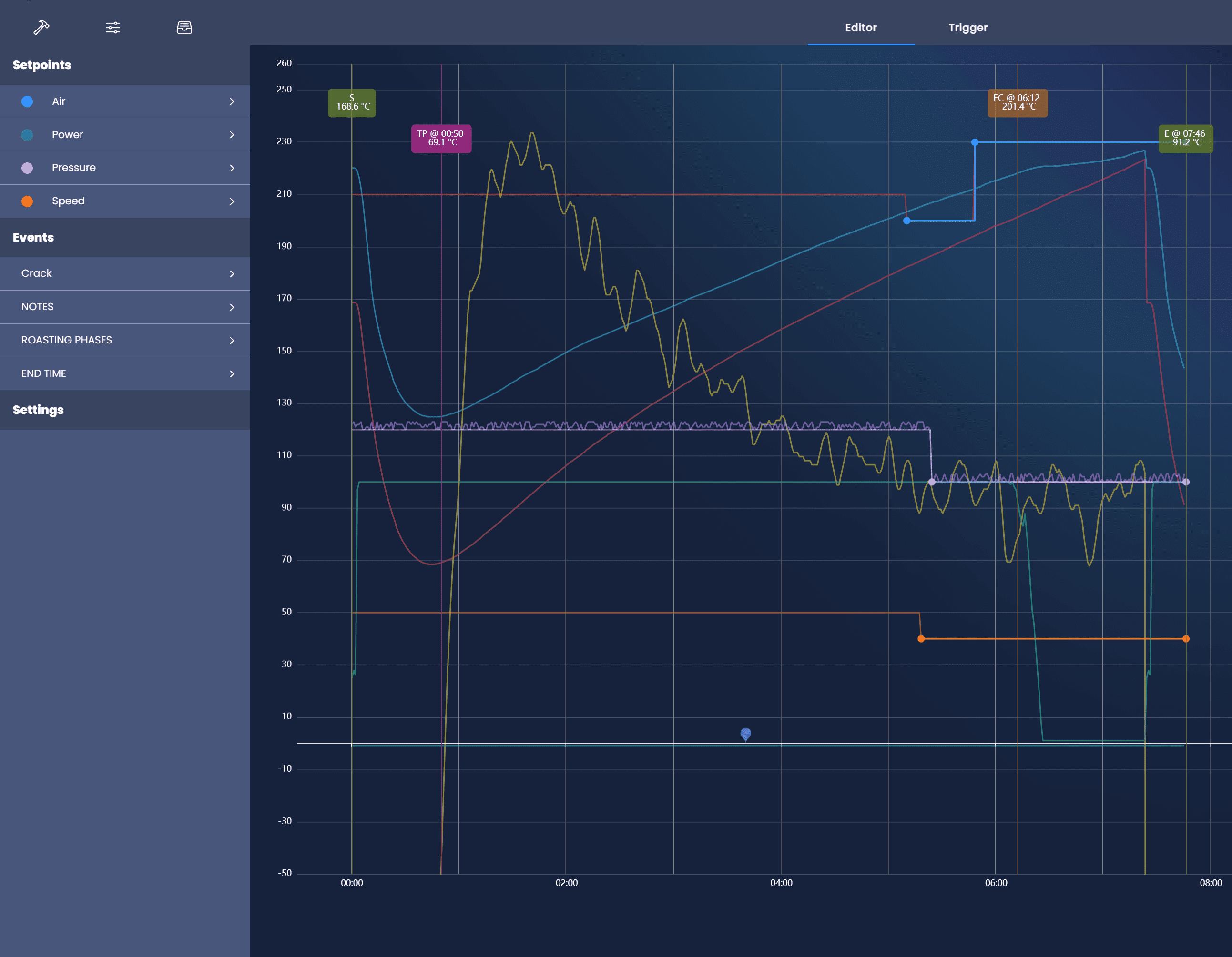Plantation Finca La Cabra
I am strolling through our plantation Finca La Cabra (the goat) on the mountainous slopes of the Baru Volcano in Panama. La Cabra is located at 1550 meters altitude and is partly surrounded by the local rainforest with a wealth of animal species, such as howler monkeys, exotic birds, and jaguars. It is also right below Finca La Mula (the mule), the plantation I started in 2007 and which is hidden in mysterious clouds. La Cabra is blooming for the third time in its young existence. When coffee trees blossom, a magical cycle begins in the life of the coffee plant. The flower is pollinated and within six weeks the growth of a tiny berry begins that gradually grows into a full-fledged coffee fruit. I feel a euphoric satisfaction from the blissful scent and the dazzling white color of the coffee blossom.
Francisco
At La Cabra, I see Francisco, our foreman, who carefully sprays the young coffee plants with a potent natural fertilizer using a special sprayer. The laughing Francisco blesses the trees with the organic solution; the water drops feel wonderfully refreshing. He has been working for us for ten years; first, he became foreman of La Mula and now he is responsible for La Cabra. His life as a Ngöbe-Bugle Indian has not always been easy. Like so many indigenous in Panama, he grew up in poverty; at the age of eleven, he started wandering and initially started working in horticulture for less than a dollar a day. Now he lives on La Cabra with his young son who goes to school in the nearby village of Portrerillos. “Since I’ve lived here I feel really happy,” Francisco says. He means it and I feel very moved by that realization.
La Cabra beans
At La Cabra, coffee berries can take up to 7 months to ripen. After we harvest the ripe cherries and process the coffee beans, I finally get the chance to roast the new crop La Cabra coffee. We grow three distinctly different varieties; Geisha, AF1, and AF2, which are related to the ultra-rare Sudan Rume variety. Each of these bean types has its own distinct features and density. I switch on my Giesen sample roaster and preheat the machine for 30 minutes. Carefully, I roast the Geisha with less heat in the beginning and a higher Rate of Rise (ROR) by the 5th minute. The AF1 is a harder bean type and can handle more heat and a higher ROR in the first part of the roasting cycle. The AF2 variety is very fragile and I increase the PA setting of my roasting fan to accentuate the floral notes of this variety. It is wonderful to be able to roast each of these coffee types in the way they deserve! From La Cabra to my Giesen roaster; life is delightful.

Willem Boot
Willem Boot is a roasting consultant, coffee producer and founder of Boot Coffee Campus in San Rafael, California. He is also one of the Giesen Ambassadors. Visit www.bootcoffee.com for the complete overview of coffee roasting courses. Explore fincalacabra.com to learn more about this unique farm.




